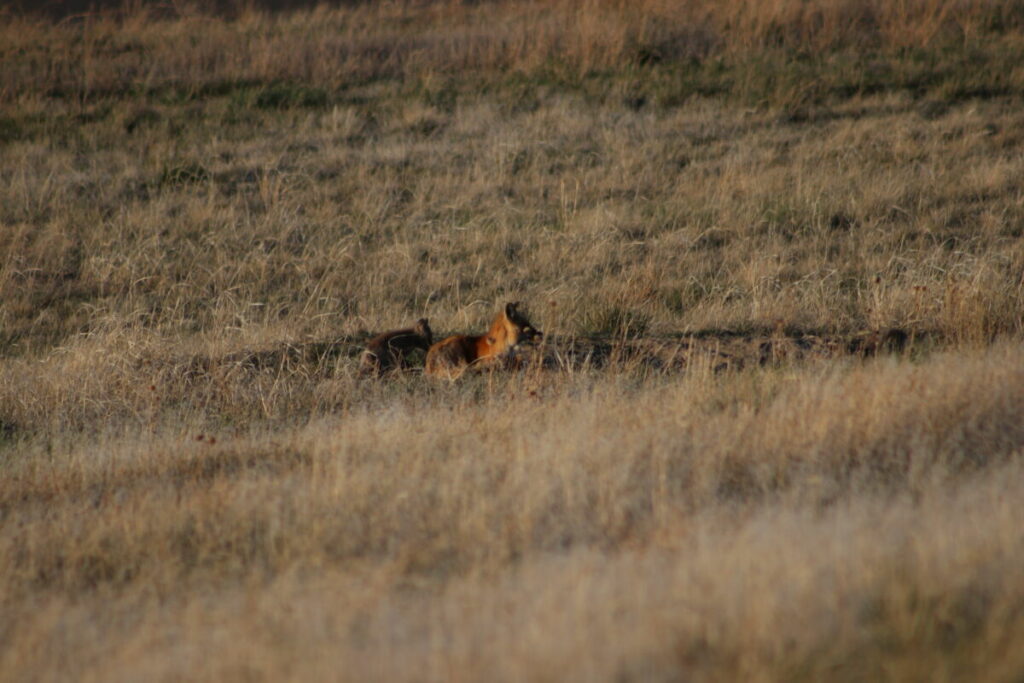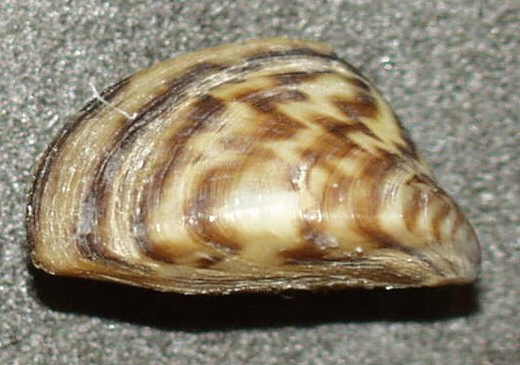Snake in My Boot: A Guide to the 6 Species of Yellowstone Reptiles
Written by Nick on April 15, 2023
6 Species of Yellowstone Reptiles Call the Park Home
Each year, approximately four million people from all over the world travel to Yellowstone National Park to take in the sublime scenery and get a glimpse of the region’s majestic wildlife.
Bison, grizzly bears, and elk are some of Yellowstone’s most well-known species, and that’s what most visitors expect to see. Hardly anyone goes to Yellowstone hoping to see reptiles.
You may not know it, but there are six species of Yellowstone reptiles that live within the park boundaries. Spoiler alert: five of them are snakes.
Let’s get to know each of these Yellowstone reptiles.
1. Terrestrial Gartersnake
Thamnophis elegans is the most common of all Yellowstone reptiles, and you’ll usually find this snake near water. They eat small mammals including sligs, salamanders, frogs, and even fish.
You can identify the terrestrial gartersnake by the three stripes that run the length of its body. One runs along each side of the snake, and the third stripe runs along the top.
These snakes are gray, brown, or brownish green in color, and range from six to 30 inches in length.
In the late summer or fall, a terrestrial gartersnake can have up to 20 offspring.
2. Common Gartersnake
Like its cousin, thamnophis sirtalis has three stripes running from tip to tail. But the common gartersnake is nearly black in color, and the stripes are quite bright. The snake’s underside is bluish-gray or pale yellow.
The best way to identify this snake is by its irregular red spots.
The common gartersnake apparently isn’t so common. This species is evidently in decline, but these Yellowstone reptiles are believed to have been more present in the past. In the Yellowstone region, common gartersnakes have only been seen within the Bechler region in the Falls River drainage, and three miles south of the south entrance by the Snake River.
Capable of eating relatively poisonous species, the common gartersnake consumes mostly amphibians. Biologists believe this may have something to do with the population’s decline.
3. Rubber Boa
This nocturnal burrower isn’t often seen in Yellowstone, and it’s one of only two snake species in the US related to tropical pythons and boa constrictors.
They feel almost velvety beneath the hand due to their small, smooth scales.
Charina bottae is usually found in rocky areas, including near streams or rivers. They’ve recently been seen in Gibbon Meadows and the Bechler region.
The rubber boa eats amphibians, lizards, and even birds and other snakes. They grow up to 28 inches in length.
4. Sagebrush Lizard
Here’s the only non-snake on our list of Yellowstone reptiles. Sceloporus graciosus is the only lizard in the park, and you’ll never see one longer than five inches.
These lizards hibernate and emerge around mid-May. They remain active through about the middle of September, and you’ll usually see them in rocky areas when it’s warm and sunny outside.
You might even see the males doing push-ups during mating season. They’ll find a good perch to show off their bright blue side patches as a warning to other males who might be competing for mates.
If you grab or threaten a sagebrush lizard, it may shed its tail in an attempt to get away.
These Yellowstone reptiles are most often seen along the Yellowstone River near the north entrance, as well as in the Heart Lake, Shoshone, and Norris Geyser Basins.
5. Bullsnake
One of the animals that eats sagebrush lizards, the bullsnake tends to frequent dry, warm areas at lower elevations. You may find them in open areas, like places around Mammoth Hot Springs.
Because of the coloring and pattern on their skin, bullsnakes are often mistaken for rattlesnakes. It even makes a rattling sound with its tail when threatened. If you see one of these snakes coil up, it’s best not to hang around and find out whether it’s a bullsnake or a rattlesnake.
Pituophis catenifer sayi is the largest of the Yellowstone reptiles at 50-72 inches in length. These snakes live in burrows and typically eat small mammals.
6. Prairie Rattlesnake
Out of all the Yellowstone reptiles, the prairie rattlesnake is the one you should hope you don’t stumble upon.
Crotalis viridis is the park’s only dangerously venomous snake. Fortunately, the park has only recorded two snake bites in Yellowstone’s entire history.
These snakes are usually defensive rather than aggressive. So, like grizzly bears, the worst thing you can do is surprise them.
The prairie rattlesnake makes its home in areas along the lower Yellowstone River. You’ll find this snake in warmer, drier places, such as those along Reese Creek, Stephens Creek, and — unsurprisingly — Rattlesnake Butte.
So, if you’re in these areas, keep your eyes open and avoid startling any rattlesnakes. You can recognize them by the white-bordered dark brown spots that run down their backs.
Prairie rattlesnakes can grow to over four feet in length, but they aren’t the only animal you should be wary of in Yellowstone. Once you’ve finished this list, check out our crucial bear safety tips for Yellowstone visitors.




